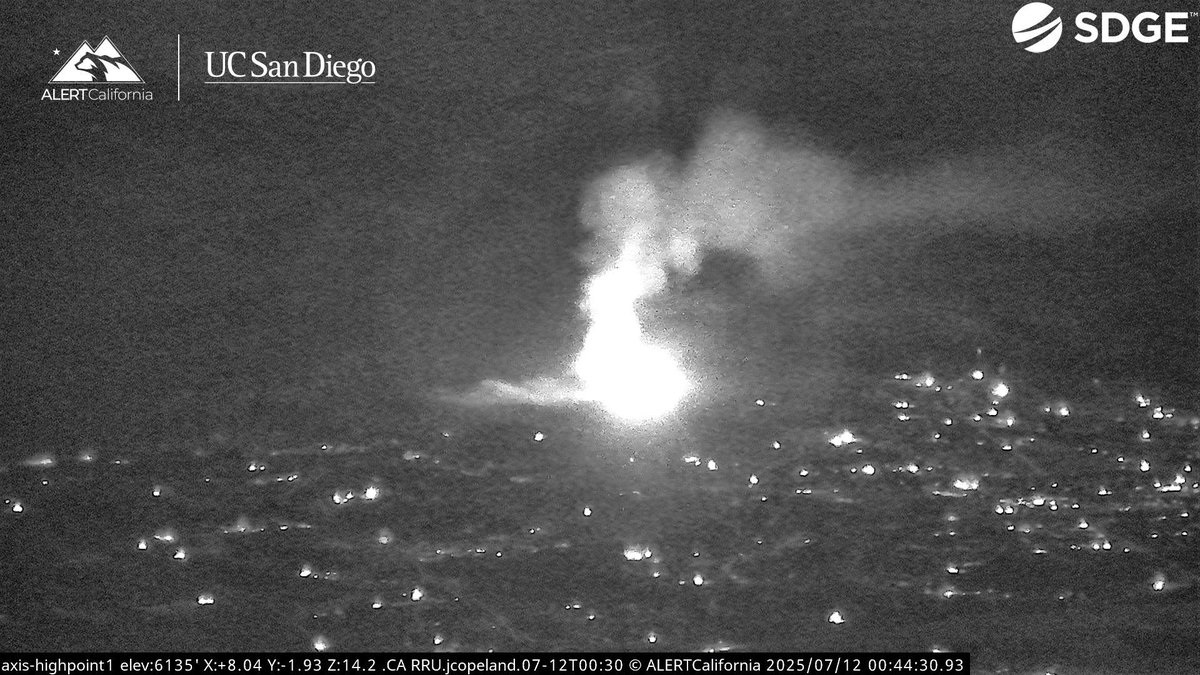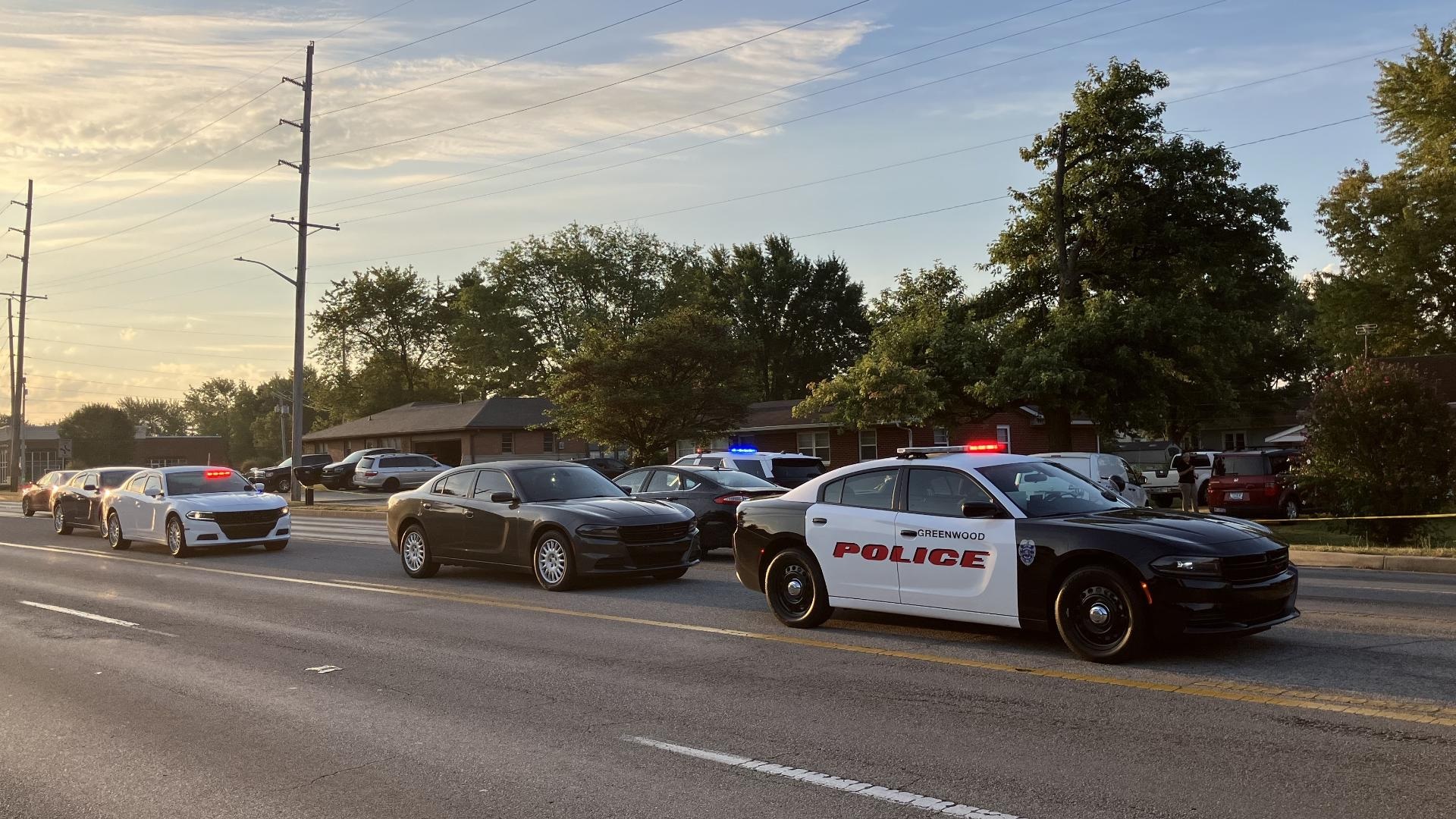A wildfire consuming 3 acres in Hemet, California, is exhibiting a moderate rate of spread fueled by heavy vegetation. Incident Command has requested nighttime aerial support from Copter 609 to assist in containment efforts. Firefighters are actively working to establish control lines and protect nearby communities as the fire threatens to advance northward.
3-Acre Wildfire in Hemet: Aerial Support Requested as Fire Spreads North


Fire Incident Report: 3-Acre Blaze with Moderate Spread in Hemet
In a developing situation in Hemet, California, a wildfire has broken out, consuming approximately 3 acres of land. The fire is characterized by a moderate rate of spread and heavy fuel loads, prompting immediate action from local firefighting units and emergency management services. As the fire pushes northward, Incident Command (IC) has made a critical request for aerial support to aid in containment efforts.
Current Fire Conditions
The fire’s current status indicates a moderate rate of spread, which poses significant challenges for ground crews. With heavy fuels in the area, the fire is likely to continue its rapid advancement if not contained effectively. Firefighters are faced with the dual challenge of combating flames while ensuring the safety of nearby communities.
The terrain surrounding the fire is rugged and densely vegetated, which complicates firefighting efforts. The heavy fuels, including brush and dry grasses, create an environment conducive to fire spread. As the fire pushes north, it threatens to reach populated areas, necessitating swift and coordinated responses from firefighting teams.
Request for Aerial Support
Given the fire's characteristics and the potential for further spread, IC has requested the deployment of a night-flying helicopter, Copter 609, from Hemet. Aerial support is crucial in the early stages of a wildfire, especially during nighttime operations when visibility is reduced. Helicopters are equipped to drop water and fire retardants, which can significantly aid in slowing the fire's advance.
Night-flying capabilities allow for continued firefighting efforts after daylight hours, which is particularly important in managing wildfires that can quickly escalate. The decision to request aerial assistance reflects a proactive approach to containment and underscores the urgency of the situation.
Ground Response
Firefighters on the ground are currently engaged in a multi-faceted approach to combating the blaze. Crews are working to establish control lines and contain the fire’s perimeter while also focusing on protecting structures and critical infrastructure in the vicinity. The fire department is utilizing a combination of hand crews, engines, and bulldozers to create fire breaks designed to halt the fire's progress.
Local authorities are also coordinating with emergency management teams to monitor the situation and prepare for potential evacuations if the fire continues to threaten populated areas. Public safety remains the top priority, and officials are actively communicating with residents to keep them informed of the fire’s status.
Community Impact
As the fire progresses, the impact on the local community is an essential consideration. Residents in the immediate vicinity have been advised to remain vigilant and prepared for possible evacuation orders. Emergency services have set up a command center to facilitate communication and coordination with residents, ensuring that they receive timely information regarding the fire's status and safety measures.
The possibility of smoke and ash affecting air quality is also a concern. Residents, particularly those with respiratory issues, are encouraged to take precautions, such as staying indoors and closing windows to minimize exposure to smoke.
The Role of Technology in Firefighting
Modern firefighting efforts increasingly rely on technology to enhance situational awareness and improve response times. Incident Command is utilizing satellite imagery and drone technology to assess the fire's spread and behavior. This data aids in strategic planning, allowing firefighting teams to allocate resources effectively and make informed decisions regarding containment tactics.
Additionally, the use of predictive modeling can help anticipate the fire's potential path based on weather conditions and topography. Such tools are invaluable in managing wildfires, enabling responders to stay ahead of the flames and protect communities more effectively.
Looking Ahead
As the situation develops, firefighters will continue to monitor the fire's behavior closely. The deployment of Copter 609 for nighttime operations is expected to enhance containment efforts, providing critical support to ground crews. Firefighting teams will remain on high alert, ready to adapt their strategies as conditions change.
Community safety remains paramount, and residents are urged to stay informed through official channels. The collaborative efforts of firefighting units, emergency services, and local authorities are essential in managing this fire and ensuring the safety of all residents affected.
Conclusion
The 3-acre wildfire in Hemet represents a significant challenge for local firefighting efforts. With a moderate rate of spread and heavy fuels, the situation requires a coordinated response from ground crews and aerial support. As Copter 609 prepares for deployment, the focus remains on containment and community safety. The coming hours will be critical in determining the fire's trajectory and the effectiveness of ongoing firefighting efforts.

 বাংলা
বাংলা  Spanish
Spanish  Arabic
Arabic  French
French  Chinese
Chinese 



